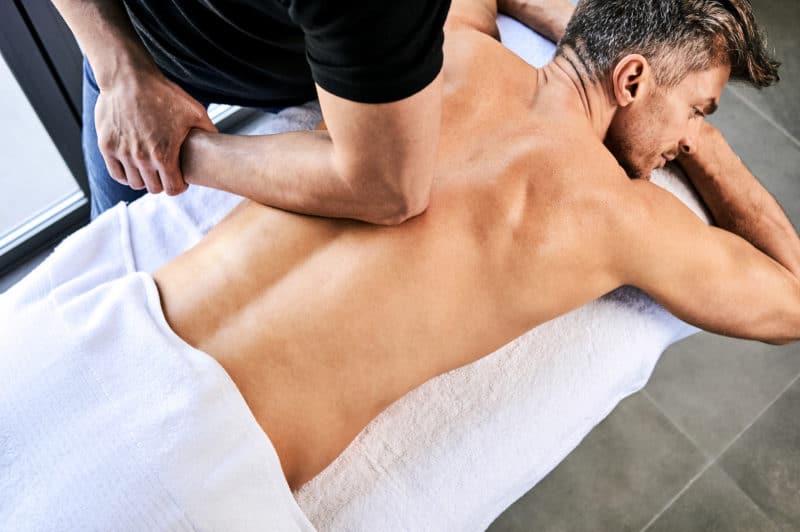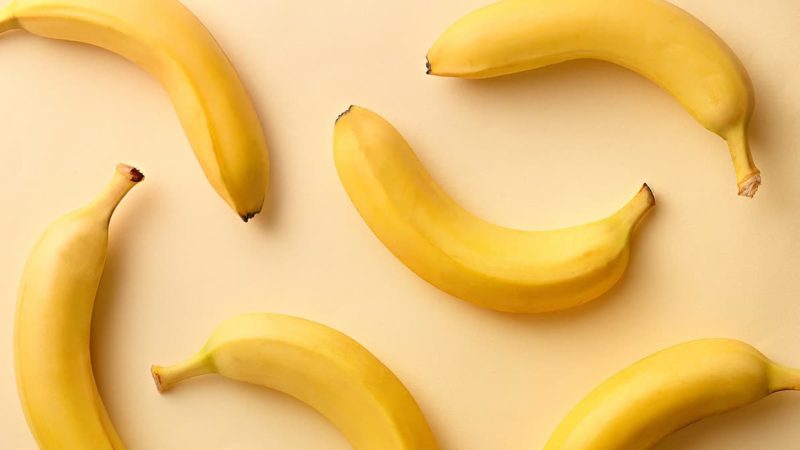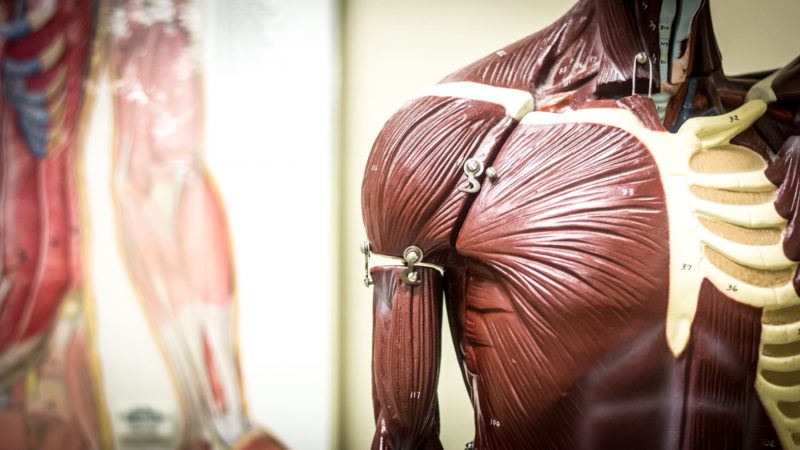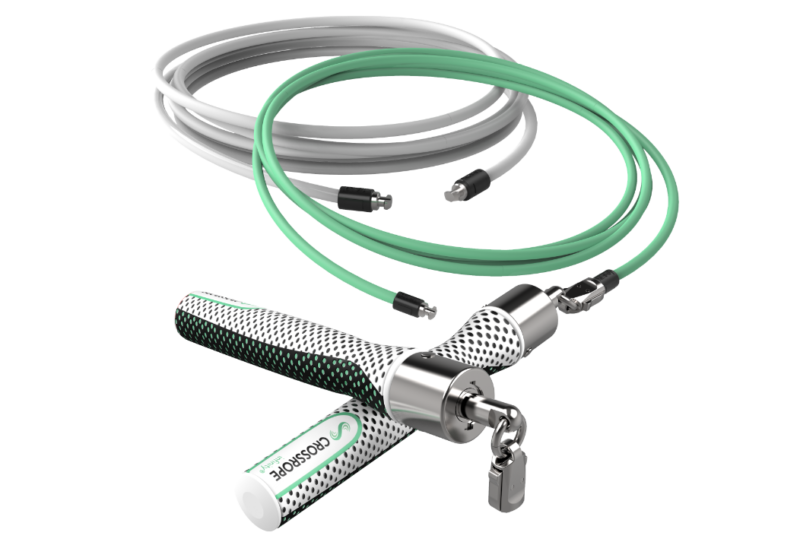
As an athlete playing padel, part of my routine is massage therapy. I’ve already written about my foam rolling routine and TENS machine that are my daily way of keeping my muscles massaged, but of course, there is no substitute for real massage sessions with a qualified therapist.
Getting frequent massages might seem to be an unnecessary luxury at first glance, but I’ll show you in this article why it’s not.
Here are the top reasons why massage should be part of every serious athlete’s routine:
- Massage can reduce injuries
- Massage is beneficial to more than muscles


 Whenever you are practicing any sport in a serious manner, it’s important to undergo a medical test to make sure you don’t have any conditions that can endanger your health while practicing that sport.
Whenever you are practicing any sport in a serious manner, it’s important to undergo a medical test to make sure you don’t have any conditions that can endanger your health while practicing that sport.
